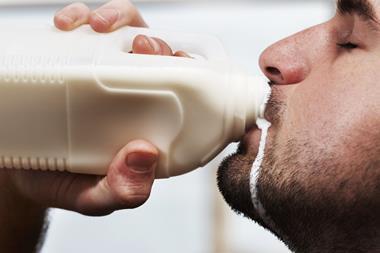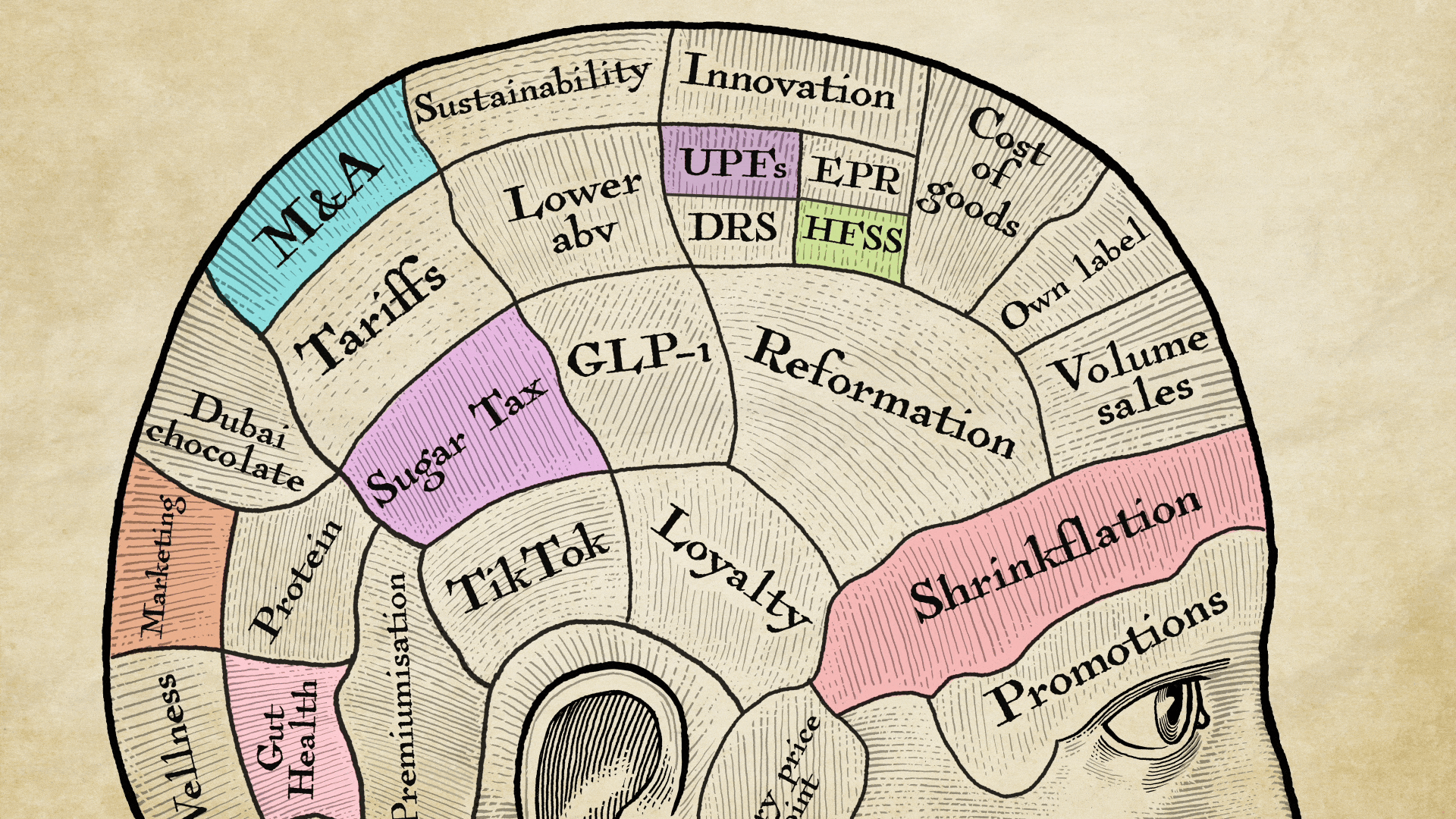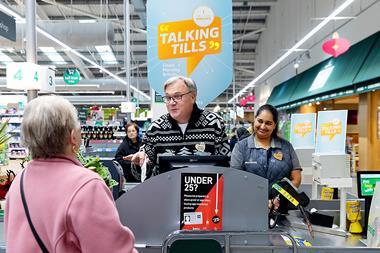Booker claimed the introduction of the supermarket tobacco display ban would help yield a £1bn sales boost for smaller stores this year. What’s actually happening?
Vadhera: I think we would all have been naive to think that consumers were suddenly going to walk away in droves from their normal place of shopping for tobacco to smaller c-stores purely because of the display ban in supermarkets. Breaking habitual shopping consumption is not straightforward and I think the perceived benefit was overstated from the start.
Patel: The ban has not affected us at all. Our customers have not mentioned it. There are other issues that are having a much larger impact on the tobacco category. What we’ve seen is an increase in the number of new brands coming out prior to tobacco potentially going completely dark. As a result we are seeing people becoming loyal to new tobacco brands. This is posing problems for retailers. We used to feature three or four best sellers in our displays but now, because of the number of new brands that we have to make room for, we are running out of space.
Meet this month’s masters
Sanjeev Vadhera is business development director at Northeast Convenience Stores, operator of 18 stores and four Post Offices from North Yorkshire to Northumberland.
Syed Ishrat Husain is operations manager at Sunstar Group, which runs 21 Costcutter stores within the M25 orbital and is the capital’s largest operator under the Costcutter fascia.
Kishor Patel is a board member of Nisa Holdings and his company, Houghton Trading operates six stores around Hertfordshire. He also owns an Indian takeaway.
Some say the 37p a pack increase in tobacco duty has had a much larger impact, with smokers switching to brands at the cheaper end of the market and rolling tobacco. What’s your view?
Husain: Smokers aren’t switching to rolling tobacco. Most price-concerned customers are switching to price-marked cigarettes in our experience.
Patel: It depends where you are. London and more affluent places are still very much Marlboro Country but when you get out to the suburbs people are smoking more brands like Lambert & Butler and Mayfair. For us, sales of roll-your-own are definitely going up. Many people are trading down to cheaper brands. Sales of 10-packs are also on the up because smokers can get a pack for around the £3 mark rather than the £6 to £7 mark.
The display ban, plain packs, duty and increasing restrictions on where and when people can smoke… where does all this leave traditional CTNs?
Vadhera: The way profit margins are diminishing on tobacco, coupled with the introduction of the display ban and plain packaging - it looks like the category is almost going to become a service that stores offer, like PayPoint or the Lottery, which offer low profit but are strong footfall drivers. It’s imperative that retailers focus on other areas and become more grocery orientated - and now is the time to do it.
Husain: It remains to be seen exactly what the impact on sales will be after the display ban is introduced. However, I am convinced that there are other more important things to consider when talking about the future of tobacco. The ban on smoking in public spaces will definitely bring about more significant changes to smoking habits.
Patel: There are two debates that need to be had. The first is that we, as an industry, clearly need to lobby against the introduction of plain packaging. The second is, if it does go through, how can we as retailers deal with it? Manufacturers and retailers have to come up with something that works operationally for retailers. Someone needs to come up with an initiative that enables purchasers to get what they want quickly and doesn’t mean that staff have to faff about looking for a brand. Could it mean that every brand has a specific number on it so that when a regular Rothmans smoker, for example, comes in he knows he can get his brand by asking for, say, a number-10?



















No comments yet